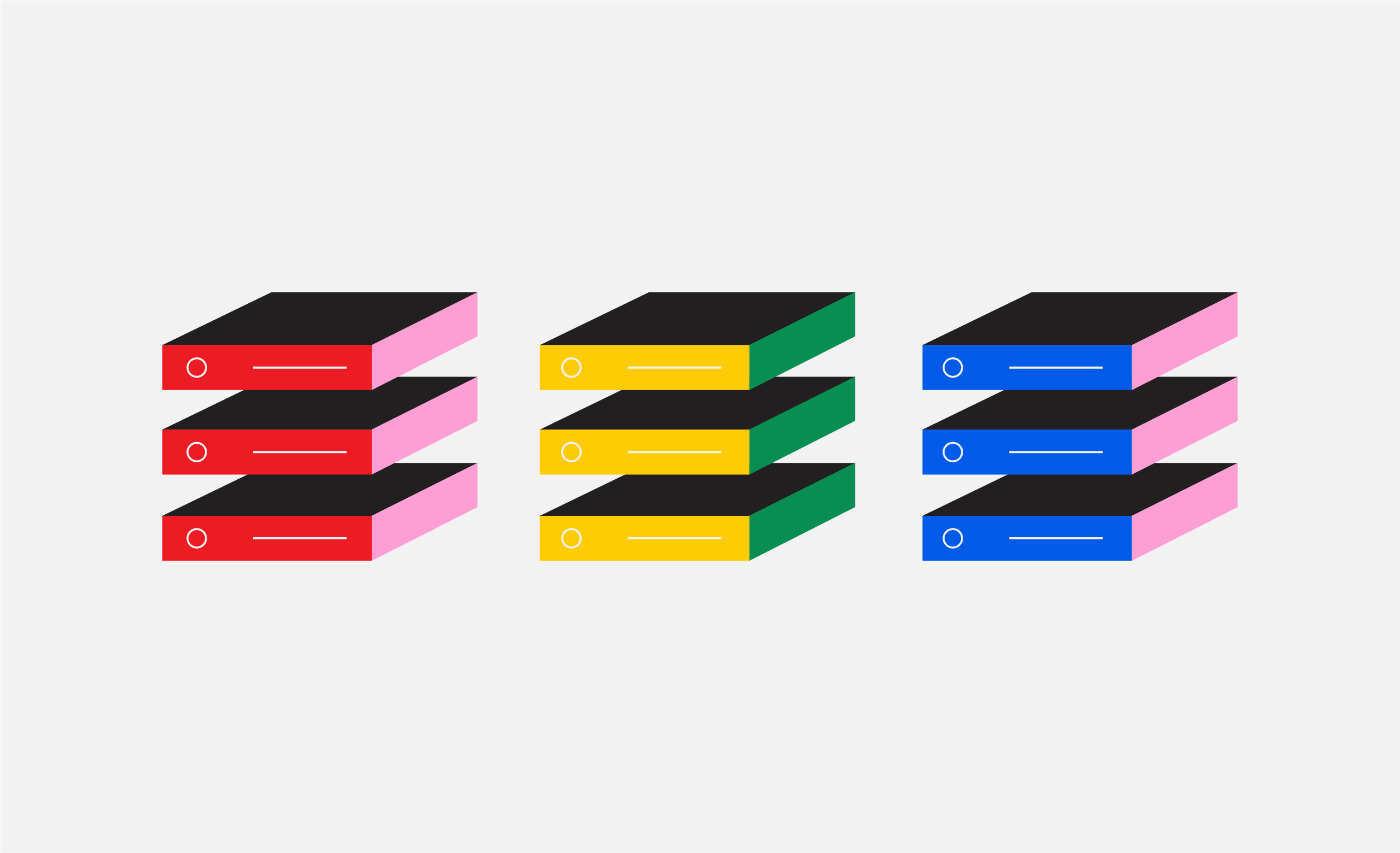Panzura Powers Future of Exabyte-Scale Data as Member of Single Namespace Working Group (SNS)
Panzura Symphony Heterogeneous Orchestration Aligns with the Principles of the SNS Initiative for Seamless Data Mobility
Panzura
Our enterprise data success framework allows enterprises to build extraordinary hybrid cloud file and data systems.
![]()
Platforms
Complementary file and data platforms that deliver complete visibility, control, resilience, and immediacy to organizations worldwide.
Solutions
From data resilience to global file delivery, we solve the toughest and most important data problems facing organizations globally.
Resources
Find insights, news, whitepapers, webinars, and solutions in our resource center.
Company
We bring command and control, resiliency, and immediacy to the world’s unstructured data. We make it visible, safeguard it against damage, and deliver it instantly to people, workloads, and processes, no matter where they are.

Table of Contents

Panzura Symphony Heterogeneous Orchestration Aligns with the Principles of the SNS Initiative for Seamless Data Mobility

Inherited Data Resilience Depends on Configuration with Solutions Like PeerGFS While CloudFS Builds Inherent Threat Control and Data Loss Mitigation...

A Decision Framework on Panzura CloudFS vs Centralized Solutions Like PeerGFS with Critical Considerations When Your Future Growth Demands the Right...